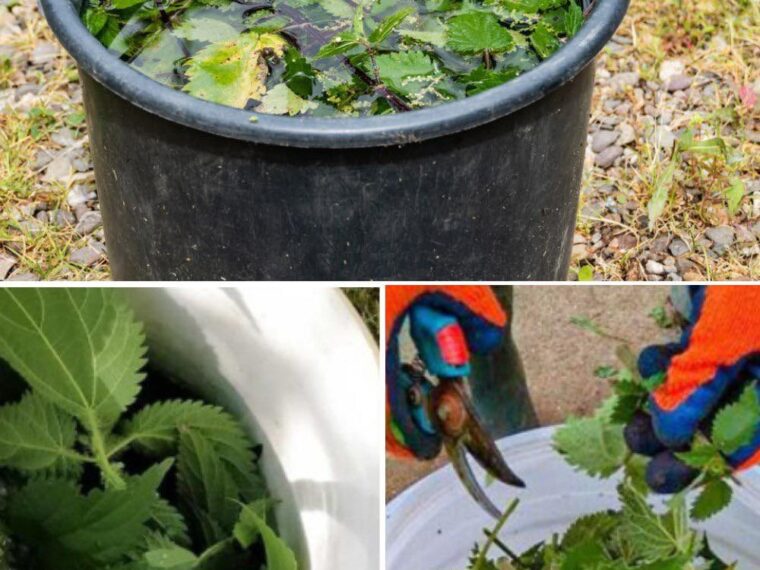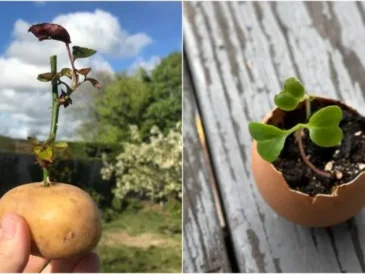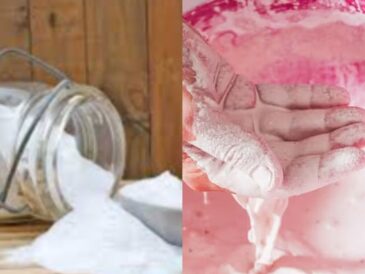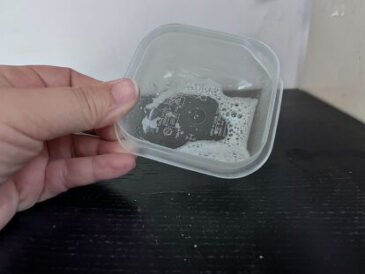In the realm of gardening, there exists an age-old secret, often overlooked by many but cherished by seasoned gardeners: the nettle plant. Often dismissed as a mere weed, nettle possesses remarkable properties that can transform your garden into a thriving oasis of greenery. In this article, we delve into the importance of nettle fertilizer and insecticide, exploring how to make and effectively use them in your garden.
The Power of Nettle Fertilizer
Nettle (Urtica dioica) is a powerhouse of nutrients, containing high levels of nitrogen, potassium, magnesium, and iron, among other essential elements. When used as fertilizer, nettle enriches the soil, promoting robust plant growth and vibrant blooms.
Making Nettle Fertilizer
- Harvesting Nettles: Choose young, healthy nettle plants, preferably before they flower. Wear gloves to avoid stings and select plants that are free from pesticides or pollutants.
- Preparing the Fertilizer: Chop the nettle leaves and stems into small pieces and place them in a container. Cover the plant material with water, ensuring it is fully submerged.
- Fermentation Process: Allow the mixture to ferment for approximately two to three weeks, stirring occasionally. During this time, beneficial bacteria break down the nettle, releasing its nutrients into the water.
- Straining and Diluting: After fermentation, strain the liquid to remove solid residues. Dilute the nettle fertilizer with water, aiming for a ratio of 1 part fertilizer to 10 parts water.
- Application: Use the diluted nettle fertilizer to water your plants, preferably in the evening or early morning to minimize evaporation. Apply every two to four weeks during the growing season for optimal results.
Harnessing Nettle as an Insecticide
CONTINUE READING IN PAGE 2
Pages: 1 2





